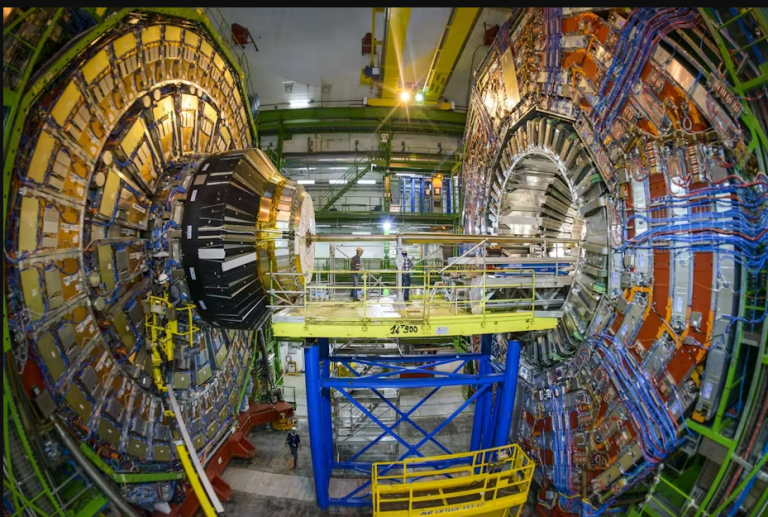Part-2
In the field of Science, Albert Einstein is considered to be the most creative
scientist of all. As an academic exercise, let us try to compare and rank Albert
Einstein vs Leonardo da Vinci.
Obviously, there will be no definitive answer to it, as creativity can be defined
and measured in different ways. Some people may argue that scientists and
artists are both creative, but in different domains and with different methods.
Others may suggest that creativity is a universal human trait that transcends
disciplines and categories.
Scientists and artists share some common characteristics, such as CURIOSITY,
IMAGINATION, PROBLEM-SOLVING, AND OPEN-MINDEDNESS. They
both seek to understand and represent the world around them, and to ask BIG
QUESTIONS THAT MATTER. They both rely on a combination of
OBSERVATION AND INTUITION, LOGIC AND EMOTION, ANALYSIS
AND SYNTHESIS. They both experiment with different techniques and media,
and learn from their FAILURES AND SUCCESSES.
However, scientists and artists also differ in some aspects, such as the goals,
criteria, and evaluation of their work. Scientists often aim to produce valuable
and novel knowledge that can be verified, replicated, and generalized. Artists
often focus on the process of expression and communication, and value the
personal and subjective aspects of their work. Scientists are more constrained by
the rules and methods of their field, while artists have more freedom and
flexibility to explore and innovate. Scientists are more likely to collaborate and
share their findings, while artists are more likely to work independently and
protect their originality.
It may or may not be fair or meaningful to compare the creativity of scientists
and artists, as they operate in different contexts and with different expectations.
Creativity is not a fixed or static attribute, but a DYNAMIC AND
CONTEXTUAL ONE. It depends on the individual, the domain, the audience,
and the situation. What is considered creative in one field or culture may not be
in another. What is creative today may not be tomorrow. Creativity is NOT A
COMPETITION, but a collaboration. IT IS NOT A ZERO-SUM GAME, BUT
A POSITIVE-SUM ONE. It is not a matter of who is more creative, but how we
can be more creative together.
While it is true that both scientist as well as artist are a novelist or a painter have
to be open minded and have imagination but one basic difference is that while
an artist or a painter can let his imagination run while there being no constrain
however when a Physicist talks about a model he has to test it against the hard
criteria of EXPERIMENTAL VERIFICATION and has to be consistent with all
known laws of Physics. Let us leave the answer to the question that who was
more creative Albert Einstein or Leonardo da Vinci to our valued readers to
answer.
While creativity can be assessed using various quantitative measures such as divergent
thinking tests, creative product assessments, or computational models, quantifying
creativity in the same way as temperature is challenging due to its multifaceted and
subjective nature. Unlike temperature, which has universally agreed-upon units and
fixed points, creativity lacks a singular, objective metric.
Creating a “gold standard” of creativity akin to the fixed point of temperature would
require consensus on what constitutes creativity across diverse contexts and cultures.
Additionally, creativity often involves novelty, originality, and value, which are
subjective judgments influenced by individual perspectives and societal norms.
While quantitative measures can provide insights into aspects of creativity, such as
fluency, flexibility, and originality, they may not capture the richness and depth of
creative expression. Thus, while efforts to quantify creativity are valuable for research
and assessment purposes, establishing a definitive gold standard akin to the fixed point
of temperature remains elusive.

